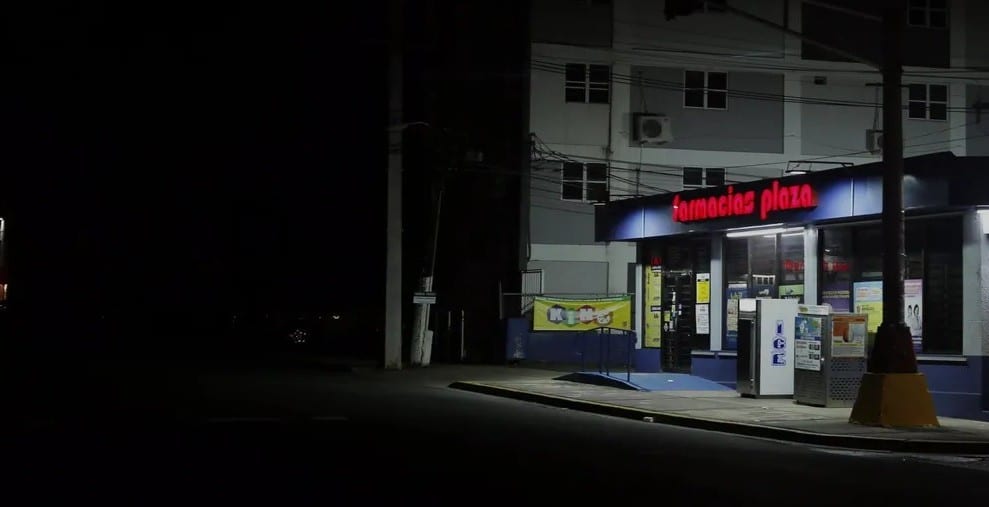On Wednesday, April 16, 2025, a massive Puerto Rico blackout plunged the entire island into darkness, affecting all 1.4 million customers of Luma Energy, the private operator managing electricity distribution.
The outage disrupted travel, businesses, and essential services as residents prepared for the Easter holiday. By late evening, only 12% of users had power restored.
The blackout impacted critical infrastructure, leaving 328,000 people without water due to disabled pumping stations. San Juan’s main airport, hospitals, and tourist areas were hit hard, with hotels relying on generators to accommodate near-full occupancy for Easter.
Power Outage Causes Blackout Across All Of Puerto Ricohttps://t.co/NYt5OLoQFu pic.twitter.com/7RIJ9s0H0g
— Forbes (@Forbes) April 16, 2025Governor Jenniffer González, who cut short her vacation to address the crisis, called the outage “unacceptable.” She pledged to investigate and explore terminating Luma Energy’s contract, though she noted the process would take time. “Puerto Rico can’t be the island where the power goes out all the time,” she said. Authorities estimate power restoration for most residents within 48 to 72 hours.
The outage’s cause remains unclear, but officials reported a midday disturbance in the transmission system during a period of reduced grid stability. Puerto Rico’s grid, fragile since Hurricane Maria in 2017, has faced repeated failures, including a New Year’s Eve blackout in 2024.
Island-wide blackout hits Puerto Rico as residents prepare for Easter weekendhttps://t.co/84M6x6yNhE
— CNN (@CNN) April 16, 2025The centralised grid, largely powered by petroleum and natural gas, remains unreliable despite federal funding. According to the U.S. Energy Information Administration, only 7% of the island’s energy comes from renewable sources.
Public frustration is mounting, with residents demanding that the government end contracts with Luma Energy and Genera PR, the power generation operator. Meanwhile, 117,000 homes and businesses use solar rooftops, but most rely on the vulnerable grid. The White House has offered support, and energy officials warn of potential challenges this summer as demand peaks.






